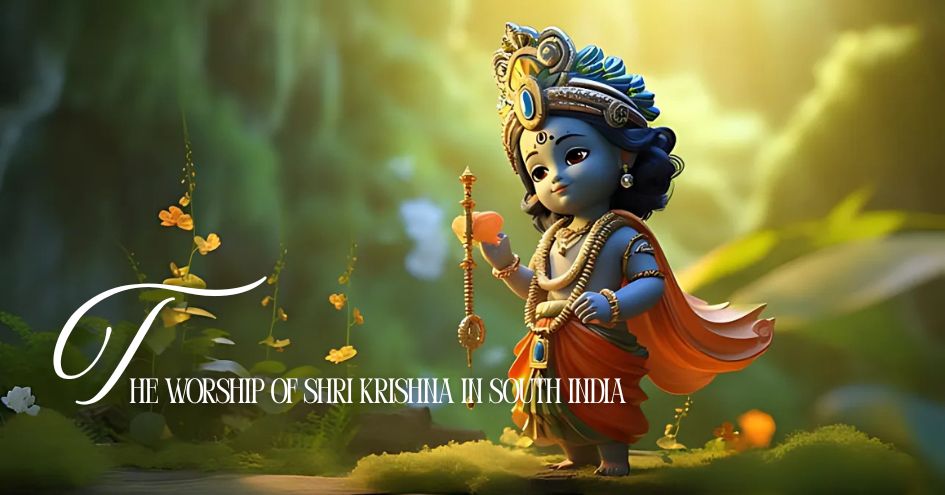
Hello everyone! Welcome back to Part 2 of the series concerning the worship of Sri Krishna in our great country India ie Bharata. However, in this article we will get a glimpse of Sri Krishna as a manifestation of Sri Hari for during the Bhakti movement, the lines between avatara and Paramatma were blurred in light of the bottomless bhakti for Sri Hari.
So let us get started!
மாயனை மன்னு வடமதுரை மைந்தனைத்
தூய பெருநீர் யமுனைத் துறையோரனை
ஆயர் குலத்தினில் தோன்றும் மணிவிளக்கை
மாய மாலை மறையோர் மங்களம் ஆகிய
சேய இழையார் சேவடி செவ்விது உயர்ந்து
ஓயவு உறுமின் உள்ளத்து உறையும் பெருமான்
நீயுன் மனாளனை எண்ணி நினைந்து உருகி
நாமும் நம்பாவை பாடி நடந்து உறவே
Māyanai mannu vada madurai mainthanai
Thūya peru nīr yamunai thuraiyōranai
Āyar kulaththinil thōnrum mani vilakkai
Māya mā lai maraiyōr mangalam āgiya
Sēya izhaiyār sēvadi sevvidhu uyarndhu
Ōyavu urumin ullaththu uraiyum perumān
Nīyun manālanai enni ninaindhu urugi
Nāmum nambāvai pādi nadandhu uravē
To the wondrous Lord, born in the eternal North Mathura,
The pure one residing on the banks of the sacred Yamuna River,
The radiant gem-lamp appearing in the cowherd clan,
The auspicious one celebrated by the Vedic seers with divine garlands,
With devotion, we approach the beautiful feet of the Lord, adorned with ornaments,
Meditate on Him with a melting heart, free from impurities,
And let us, too, sing the praises of our Lord and walk the path to attain Him.
—-----------------------------------------------Andal Nachiyar, Pasuram 5 from Tiruppavai.
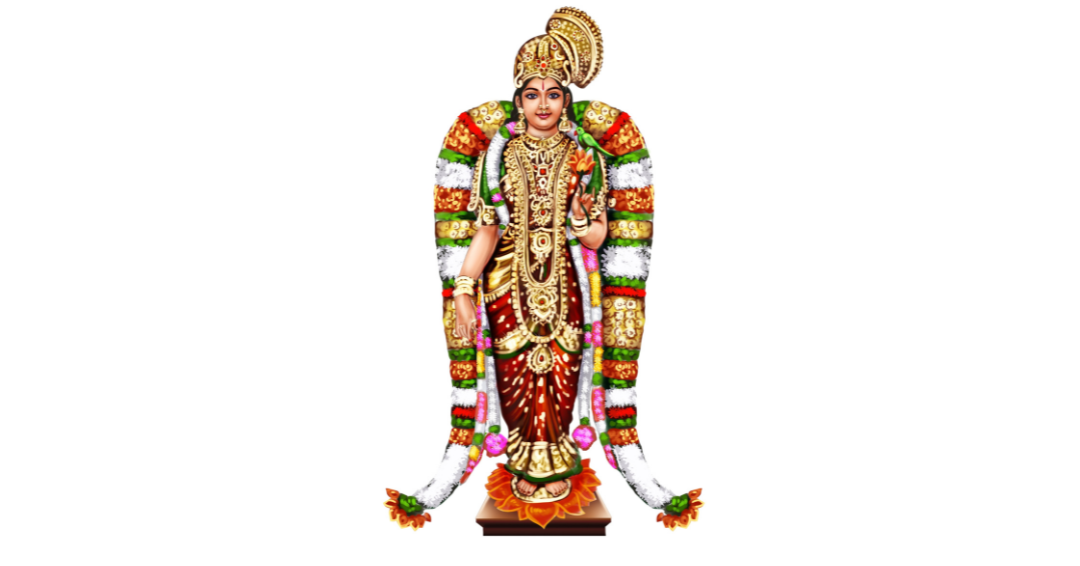
People who have read the above sacred hymn known as a Pasuram from the traditional work known as the Tiruppavai, know that this hymn from the profound Pavai tradition is the sublime creation of the female Azhwar saint known as Andal.
This simple hymn dedicated to Sri Krishna is apt to display why the Bhakti movement that abounded in Tamizhakam exploded to spread beyond its borders to sweep the whole of Bharata in the 6th-9th Centuries C.E.
Andal Nachiyar is possibly the greatest of names to be taken with Shri Krishna’s in South India when we think about the Azhwar traditions that were steeped in Hari Bhakti. The Azhwar saints, numbering ten or twelve in some traditions (to include Andal Nachiyar and Madhurakavi Azhwar).
Azhwars like Andal Nachiyar are seen as exponents of the Pavai tradition that is steeped in the Sri Vaishnava tradition and Hari Bhakti where singing praises of Sri Krishna and Sri Vishnu was encouraged as a communal practice mainly performed by women. Especially in the month of Margazhi (December-January), the Margazhi Nonbu takes place where bhaktas, especially young women take vows to seek spiritual salvation and divine grace and even seek divine blessings for a good spouse derived from Andal Nachiyar’s union with Sri Hari. The term ‘Pavai’ is meant to show symbolic purity and devotion with the representation of these virtues through dolls or figures symbolising the mystical devotion the gopis had for Sri Krishna. This is accompanied with collective singing with verses from the Tiruppavai, showing communal involvement while the individual seeks personal salvation through union with the divine. Andal Nachiyar’s single-minded devotion to Sri Hari shows us that spiritual surrender with humility and purity of the heart are what bhaktas emulated for the jivatma to be one with the Parmatma.
The Azhwars presided over one of the most epochal moments in Indian history when these saints produced copious or substantial amounts of devotional literature venerating Shri Krishna as the avatara of Shri Vishnu and celebrating a personal yet transcendental connection with Him through selfless love and devotion. At a time when Sanskrit found itself as the language of the elite in South India, the Azhwar saints and poets brought the glory of Sri Hari to the common masses through their simple yet sublime Tamizh verses.
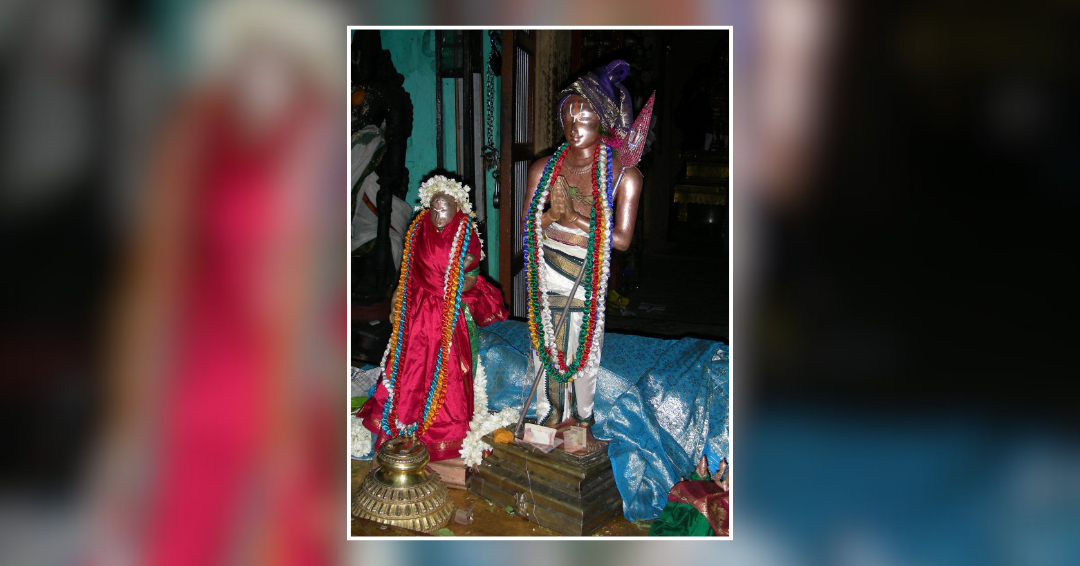
Kings like Nandivarman II Pallava were contemporaries of great Azhwar poets like Thirumangai Azhwar who was said have transformed from a thief to a saint by the grace of Sri Hari when he resorted to highway robbery and stealing to feed a thousand hungry people for a year, every day. His verses in the Periya Thirumozhi form an integral part of the Nalayira Divya Prabandham where he described Sri Krishna in glowing words citing His presence and accessibility to his bhaktas as the basis of their devotion. In his verses, there is a spiritual longing for Sri Hari and their eventual surrender to Him which is the foundation of his verses. For instance, this Pasuram by the Azhwar saint speaks volumes on how he perceives Shri Krishna and yet beautifully summarises the roles played by Him in the lives of the residents of Vaikunta, Vrindavan-vasi, Arjuna and finally his bhaktas, in simple yet succinct verse.
குன்றம் எடுத்து ஆநிரை காத்தவன் தன்னை
மன்றில் புகழ் மங்கைமான் கலிகன்றி சொல் |
ஒன்று நின்ற ஒன்பதும் வல்லவர் தம்மேல்
என்றும் வினையாயின சாரகில்லாவே ||
—-----------------------------------------------Thirumangai Azhwar, Periya Thirumozhi.
kunram eDuttu Anirai kAttavan tannai
manril pugazh mangaiman kalikanri Sol |
onruninraonbadum vallavar tammEl
enrum vinaiyAyina SAragillAvE ||
Of him who lifted the mountain to protect the herd of cattle, These words of praise (Pasurams) are sung by Kalikandri (name of Tirumangai Azhwar), the king of the glorious land of Mangai. Those who master these ten verses (the one and the remaining nine) (Pasurams of that set), They will be untouched by Karma.
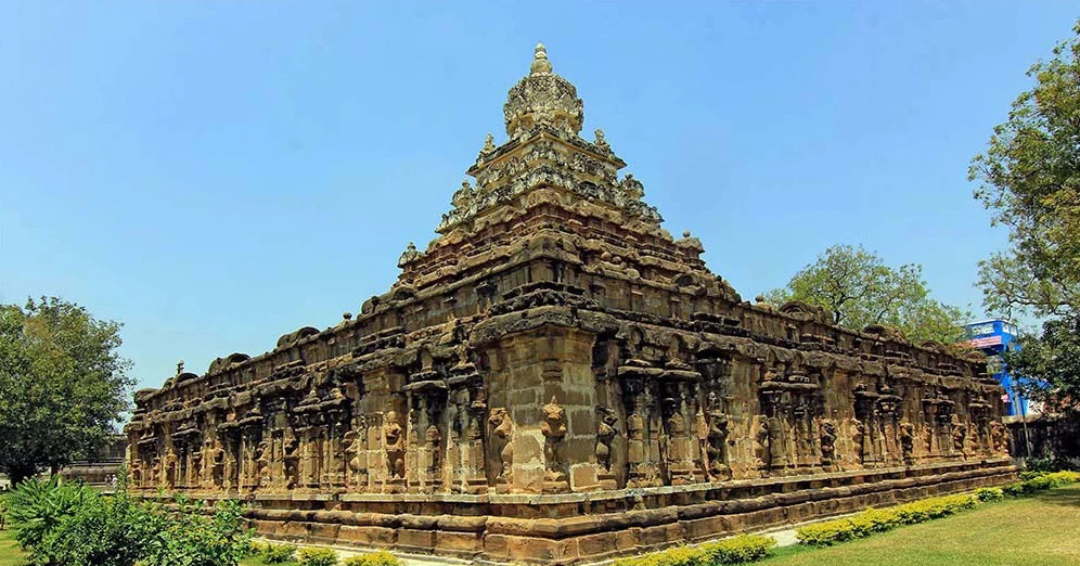
This coincided with a revival of Vaishanavism in Tamizhakam with Pallava kings commissioning grand temples like the Vaikuntha Perumal Temple or Thiru Parameshwara Vinnagaram at their capital in Kanchipuram and Dantivarman Pallava commissioning the Parathasarthy Temple (celebrating Sri Krishna as a charioteer and spiritual guide of Maharati Arjuna or Partha). Thirumangai Azhwar’s verses were widely adopted in temples and as part of rituals dedicated to Sri Hari, thereby enriching the Vaishnava tradition. Further in temples like the Vittala Temple in Hampi, Vijayanagar, there is a shrine that is dedicated to this Azhwar saint.
Another Azhwar saint, Periyazhwar was known as the foster father of Andhal Nachiar. His verses are recorded in the Periazhwar Tirumozhi and he is Azhwar who was most likely a contemporary of Jatila Parantakan Nedunchezhiyan who was a Pandyan king in the 8th Century C.E. and Param Vaishnava in a kingdom predominantly ruled by Saiva Pandyan kings. Periyazhwar worshiped at the Kallazhagar Temple in Madurai which was revered by him in his verses.
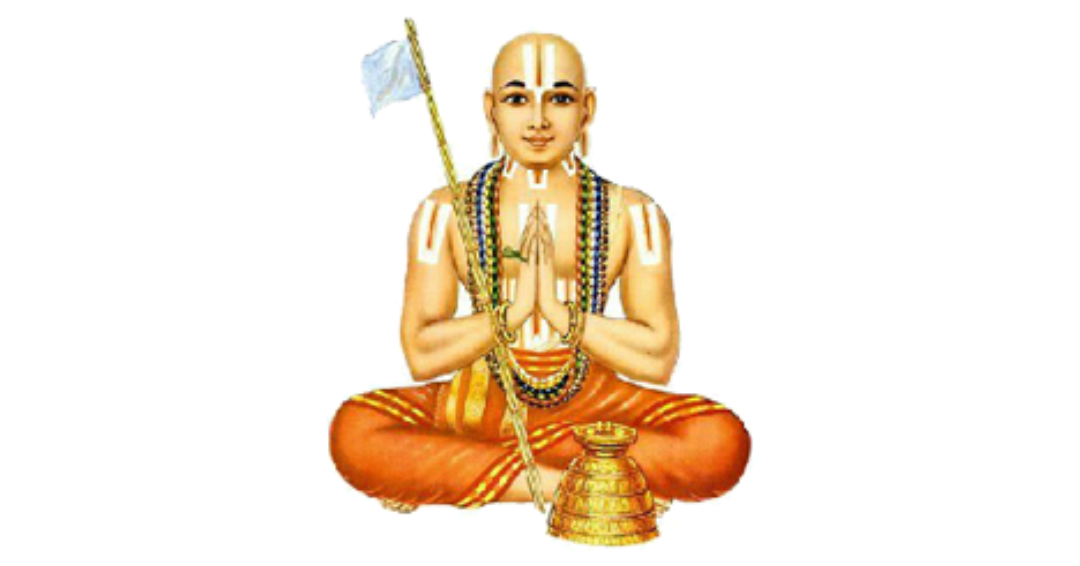
Sri Ramanuja Acharya, another ardent Krishna bhakta and great Vaishnava saint provided a philosophical bend to the profound bhakti of the Azhwar saints through his Vishishtadvaita philosophy, advocating Sri Vishnu or Sri Narayana as the Supreme Deity and that that the atman and Paramatman (Sri Vishnu) are diverse yet united. Acharya Ramanuja is said to have been specially fond of Andal Nachiyar’s Tamizh verses in the Nachiyar Thirumozhi and Tiruppavai. Ramanuja Acharya meditated upon and worshiped Sri Krishna as a manifestation of Sri Vishnu and as a means of attaining moksha. He wrote extensively and produced voluminous commentaries on the Bhagwad Gita like the Gita Bhashya which advocated a personal connection with Sri Narayana and revolved around bhakti and love towards Him to achieve salvation.
Sri Krishna Bhakti was so far reaching that Sri Adi Sankaracharya, a philosopher of Advaita Vedanta, composed stotras dedicated to Sri Krishna like the Sri Krishna Ashtakam where he praised Sri Krishna as the Jagatguru or the Guru of the World and the Jagannathashtakam where he prayed upon Sri Jagannath to keep a watchful eye upon him and be ever present in his consciousness. For Sri Sankaracharya bhakti in Sri Krishna was simply one of the ways to show the fundamental non-duality propagated in Advaita Vedanta stating that the atman is the same as Brahman and that Sri Krishna is one of ways towards the realisation of this highest truth.
By Acharya Ramanuja’s times the Bhakti movement had firmly rooted itself throughout Bharata with entire communities rediscovering the Vaishnava tradition and deeply ingesting its values and practices in their personal, professional, social and cultural lives. Maths and temples rose from the humble earth as communities and royals actively patronised the worship of Sri Vishnu.
Temples like Srirangapatnam Temple in Mysuru, Karnataka, Venkateswara Tirupati Temple in Tirumala, Andhra Pradesh, Ranganathaswamy Temple in Tiruchirapalli, Tamil Nadu, Padmanabhaswamy Temple in Thiruvananthapuram, Kerala are great Vaishnava centres which rose on the backs of generous patronage from the community and royal families. It was as if Mata Lakshmi herself was redirecting her energies through wealth and Mata Bhumi joined in to provide the resources through stone to raise these sanctuaries dedicated to one name: Sri Hari.
Sri Krishna as an avatara of Sri Vishnu or as a manifestation of Sri Hari is so intertwined with Sri Vishnu that they are one and the same. Krishna Bhakti added a whole new dimension to a movement that set about to revive the Hindu Dharma in the land of its birth. The Twelve Azhwars revived the Bhagwata cult and were influential in promoting the Ramayana and Mahabharata as integral to our culture. They belonged to different communities and had different origins, but today they stand as the greatest bhaktas of Sri Hari. All of them are also considered avatars of the different aspects of Sri Vishnu, thereby effectively considered parts of Sri Hari himself.
Their verses were collected painstakingly in the Nalayira Divya Prabandham by Sri Ranganathamuni, the great Vaishnava Acharya in the 10th Century C.E. and this significant work is known as a Tamizh Veda.
There were twelve Azhwar Saints and several great Vaishnava thinkers who firmly entrenched the worship of Sri Hari into our lives and the social and cultural fabric of our country. If we sit down to describe each and every moment of their lives dedicated to Sri Hari, we would fill oceans and still not be done with them. When they appeared they radically influenced and changed the religious and spiritual Tamizhakam and revived the Hindu Dharma alongside the 63 Nayanar or Saiva Saints or Great Siva Bhaktas. We can only say that their bhakti was so deep and profound that they became one with the Paramatma all the while retaining and leaving their individual mark upon our Indian History and Dharma.
 Vignesh Ganesh is a lawyer and writer. He is interested in ancient history and Itihasa and this interest culminated in his first book, "The Pallavas of Kanchipuram: Volume 1", which he co-authored with Mr. K. Ram, a fellow enthusiast of Indian history and culture.
Vignesh Ganesh is a lawyer and writer. He is interested in ancient history and Itihasa and this interest culminated in his first book, "The Pallavas of Kanchipuram: Volume 1", which he co-authored with Mr. K. Ram, a fellow enthusiast of Indian history and culture.
PREVIOUS ARTICLE
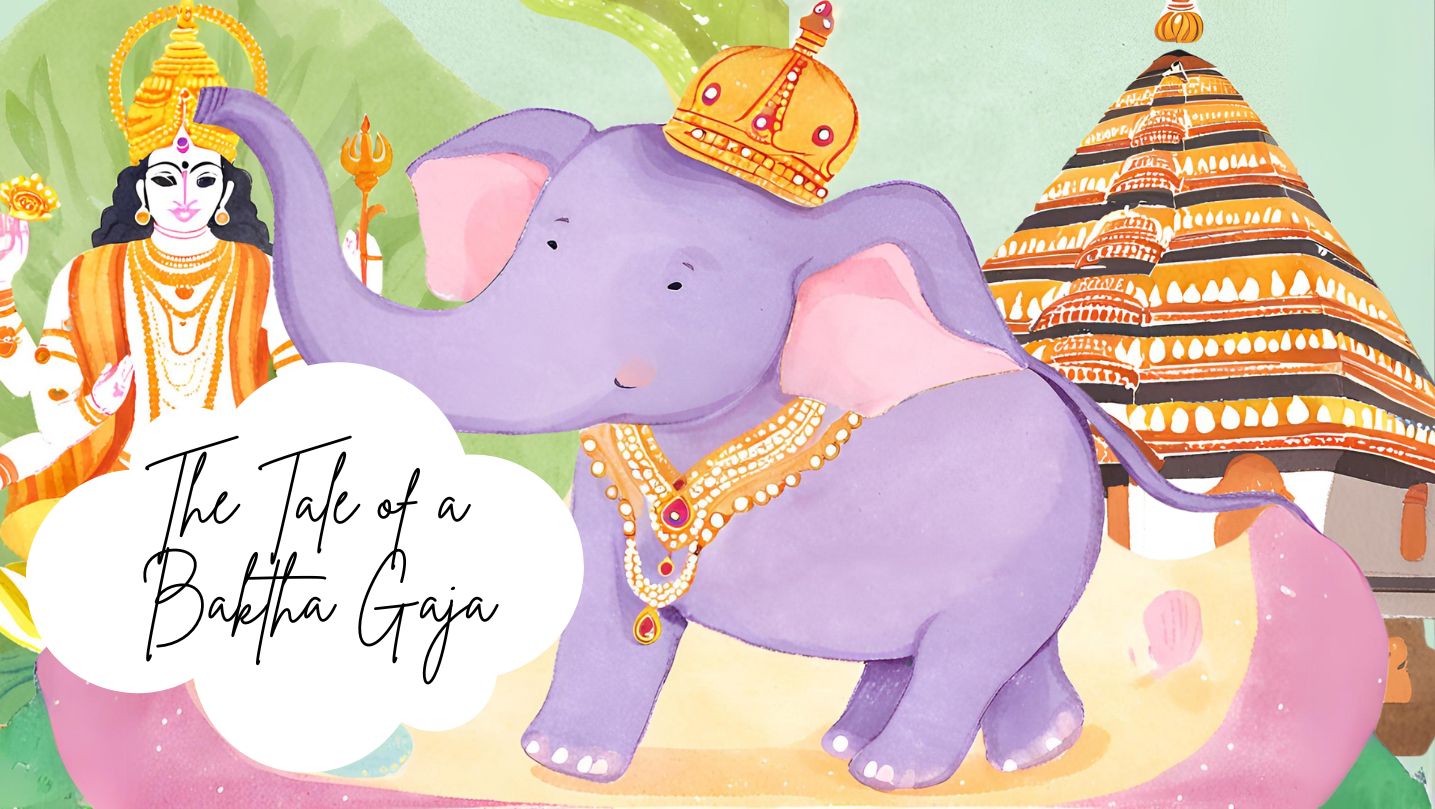
In the lush, green heart of Kerala lived an elephant who became a living legend - a tale of an elephant turned into a bakth. His name was Keshavan, bu...
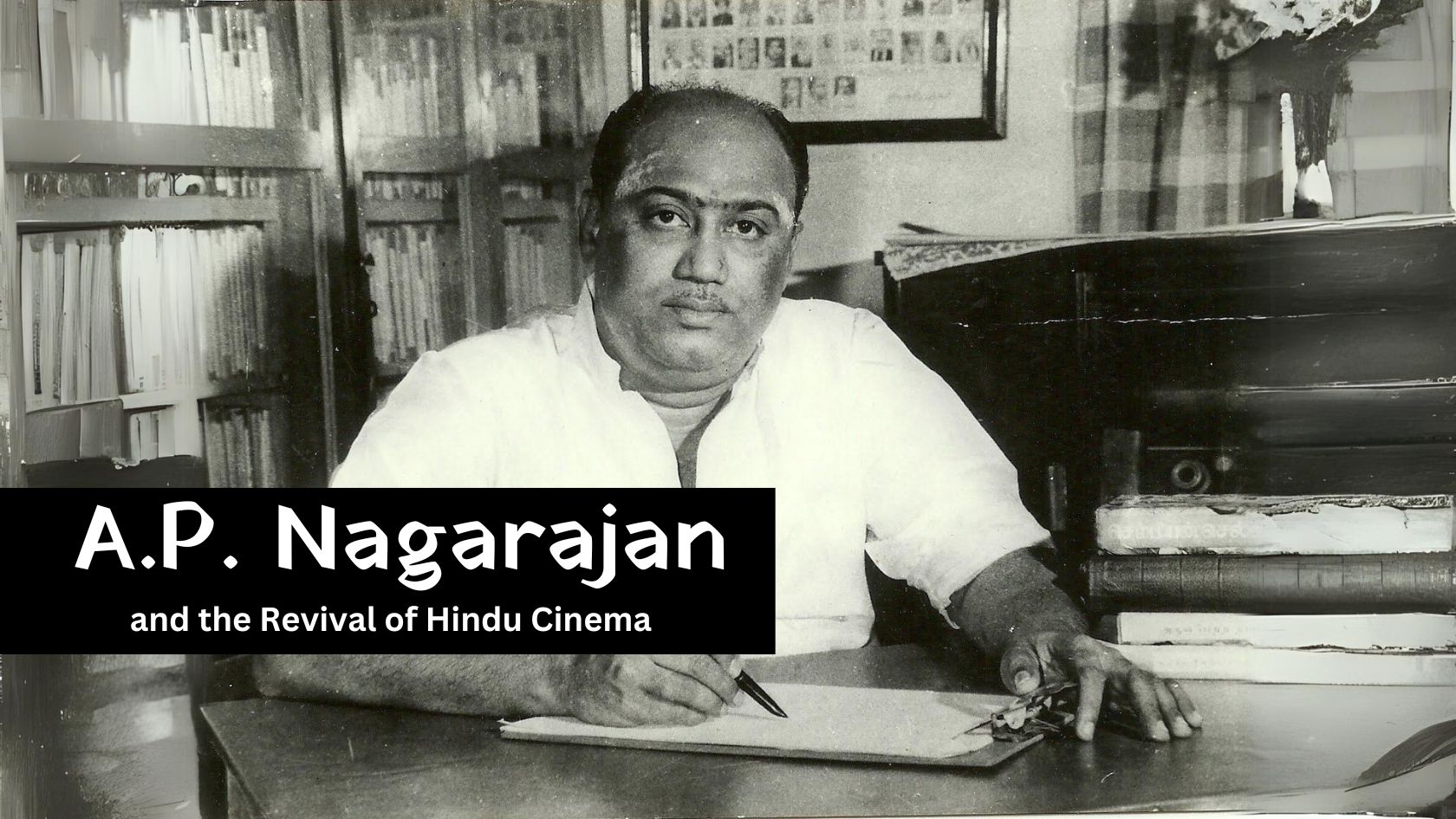
In the early days of cinema, both silent and talkie films thrived on puranas and ithihasas. However, as the years passed, especially by the late 1950s...
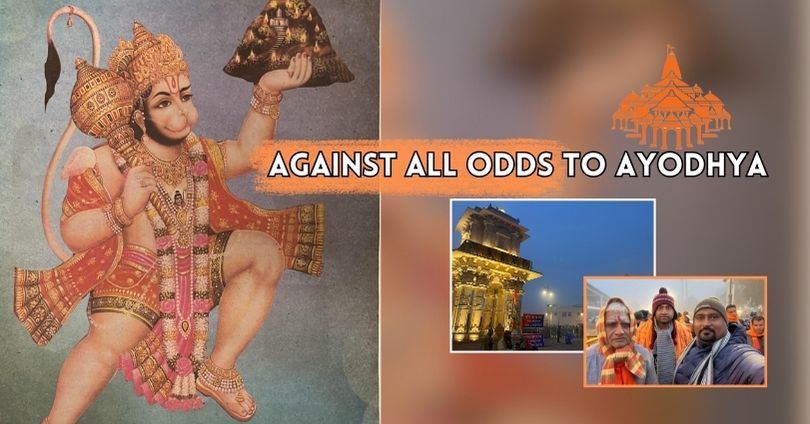
Life often presents us with choices that test our resolve, faith, and priorities. Attending the Prana Pratishtha of the Ram Lalla in Ayodhya had alway...